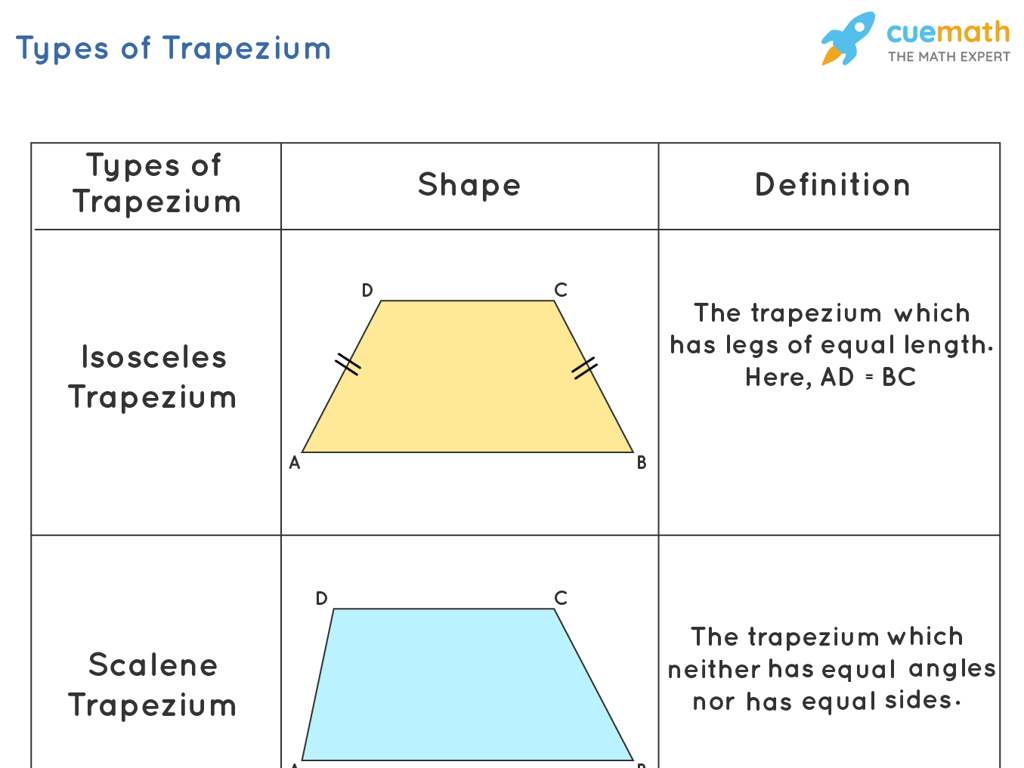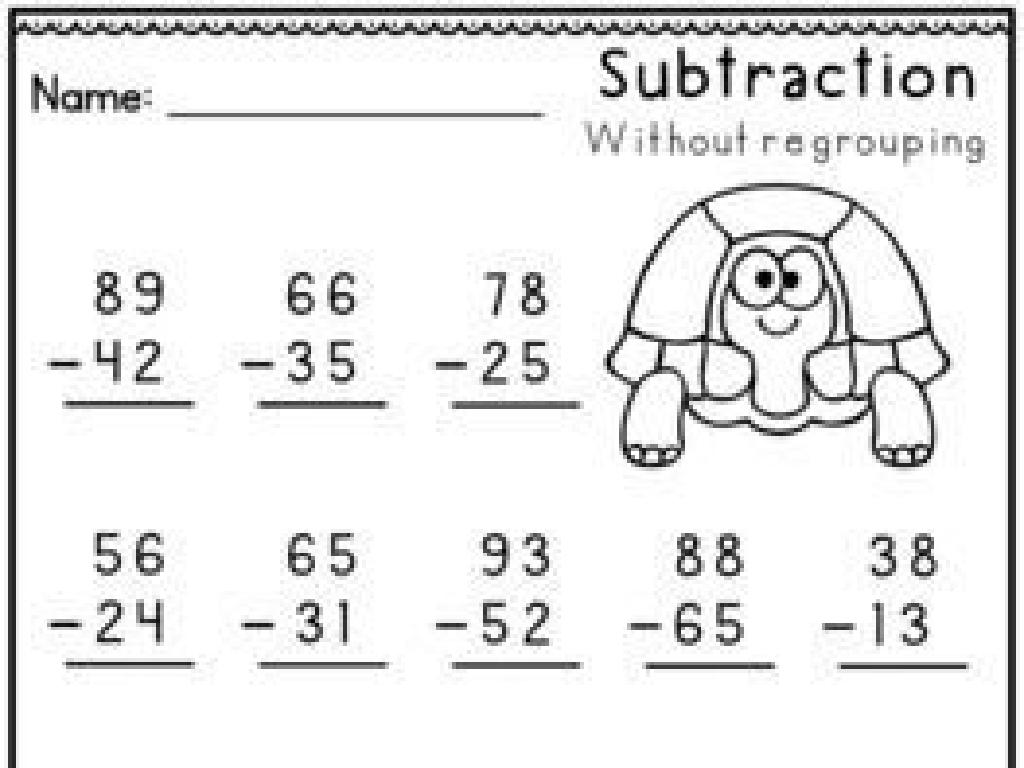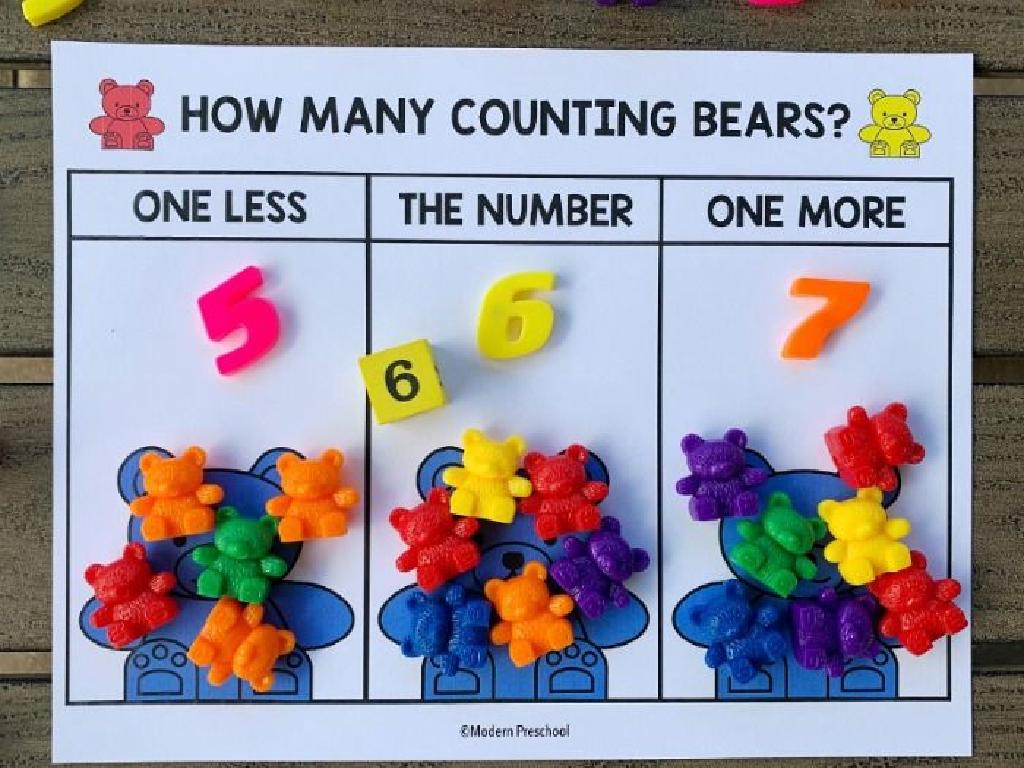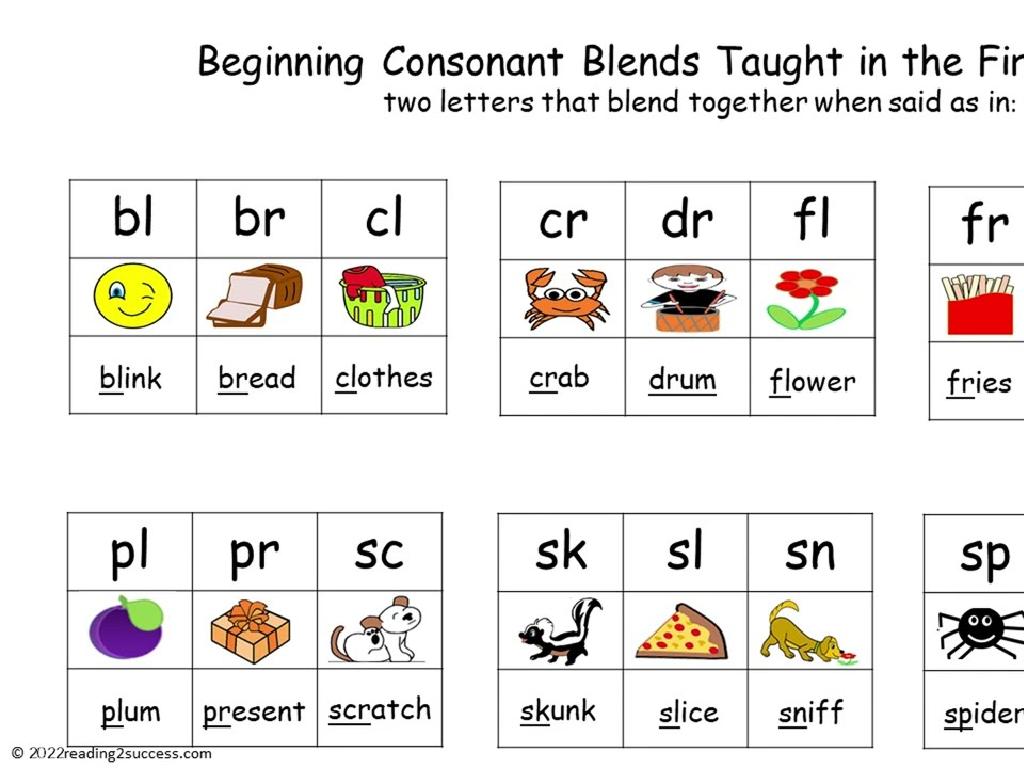Rectangles: Relationship Between Perimeter And Area
Subject: Math
Grade: Sixth grade
Topic: Perimeter And Area
Please LOG IN to download the presentation. Access is available to registered users only.
View More Content
Welcome to Perimeter and Area!
– Exploring space with Perimeter & Area
– Defining Perimeter and Area
– Perimeter is the boundary length, Area is the space inside.
– Significance of Perimeter and Area
– Helps in determining space for construction, farming, etc.
– Real-world applications
– Used in everyday scenarios like buying carpet or fencing a yard.
|
This slide introduces the fundamental concepts of perimeter and area, which are essential in understanding the space around us. Perimeter refers to the total length of the boundary of a shape, while area measures the space contained within that shape. Emphasize the importance of these concepts in real-world situations such as construction, where knowing the area helps in allocating space for buildings, or agriculture, where farmers need to calculate the area for planting crops. Discuss how perimeter is relevant when installing fences or buying borders for a garden. Encourage students to think of other examples where perimeter and area are used in their daily lives. This will help them appreciate the practicality of these mathematical concepts.
Exploring Rectangles: Perimeter and Area
– Definition of a rectangle
– A rectangle has 4 sides and 4 right angles
– Properties of rectangles
– Opposite sides are equal and parallel
– Real-life rectangle examples
– Classroom windows, books, and screens
– Relationship of perimeter and area
– Perimeter is the sum of all sides, area is width times height
|
This slide introduces the basic concept of rectangles, which is fundamental to understanding the relationship between perimeter and area. Start by defining a rectangle and discussing its key properties, such as having four sides and four right angles, with opposite sides being equal and parallel. Provide relatable examples that students encounter in their daily lives, like classroom windows, books, and various screens, to help them visualize rectangles. Finally, explain how the perimeter of a rectangle is calculated by adding up the lengths of all four sides, while the area is found by multiplying the width by the height. Use this opportunity to set the stage for deeper exploration into how changing dimensions affect both perimeter and area.
Exploring Perimeter of Rectangles
– Perimeter: border around a rectangle
– The perimeter is the total distance around the edges of the rectangle.
– Calculating rectangle perimeter
– Add up all sides: P = 2(length + width)
– Practice problem on perimeter
– Find the perimeter of a 5 by 3 rectangle.
|
This slide introduces the concept of perimeter as it applies to rectangles. Begin by explaining that the perimeter is like a fence around a property, it’s the total length of the borders. Show how to calculate the perimeter by adding together the lengths of all four sides, emphasizing that a rectangle has two pairs of equal sides. Use the formula P = 2(length + width) for a shortcut. Provide a practice problem, such as finding the perimeter of a 5 by 3 rectangle, and guide students through the process. Encourage them to check their understanding by solving the problem before revealing the solution. This exercise will help solidify their grasp of the concept and prepare them for more complex problems.
Discovering Area of Rectangles
– Area: space within a rectangle
– Area is measured in square units, like sq cm
– Calculate area: length x width
– To find area, multiply the length of the rectangle by its width
– Practice problem on area
– Find the area of a rectangle with a length of 8cm and width of 5cm
|
This slide introduces the concept of area as it pertains to rectangles, a fundamental aspect of geometry in sixth-grade math. Begin by explaining that the area represents the amount of space inside the perimeter of a rectangle. Emphasize that the area is always measured in square units, which could be square centimeters, square meters, etc. Demonstrate the calculation of area by using the formula (length x width) with an example, such as a rectangle with given dimensions. Provide a practice problem for students to solve, reinforcing the concept. This activity will help solidify their understanding of how to calculate the area of a rectangle and the relationship between the length and width of a shape.
Exploring Rectangles: Perimeter vs. Area
– Perimeter and area defined
– Perimeter is the boundary length; area is the space inside.
– Same perimeter, different areas?
– Yes, e.g., 4×6 and 2×10 rectangles both have 20-unit perimeters but different areas.
– Relationship through examples
– Changing rectangle dimensions alters area but can keep the perimeter constant.
– Class activity: Compare rectangles
|
This slide aims to clarify the difference between perimeter and area, and how they relate to each other in the context of rectangles. Begin by defining perimeter as the total distance around the rectangle and area as the amount of space enclosed within it. Highlight that rectangles can share the same perimeter but have different areas by altering the length and width. Provide examples to illustrate this concept, such as comparing a long, narrow rectangle to a more square-shaped one with the same perimeter. Engage the class with an activity where they draw or use manipulatives to create rectangles with the same perimeter and observe the varying areas. This hands-on approach will help solidify their understanding of the relationship between perimeter and area.
Real-World Application: Perimeter and Area
– Perimeter and area in daily life
– Example: Garden layout planning
– Calculate perimeter for fencing and area for planting space
– Discuss other real-life applications
– Think: sports fields, room decoration, building projects
– Understanding practical geometry
|
This slide aims to show students how the mathematical concepts of perimeter and area are used in everyday situations, such as planning a garden. The perimeter helps determine the amount of fencing needed, while the area is important for knowing how much space there is to plant seeds. Encourage students to engage in a group discussion to brainstorm other areas where these concepts apply, such as in sports field dimensions, room decoration when placing furniture, or even in construction projects. This will help them see the value of math in practical terms and understand that geometry is not just theoretical but a useful tool in various aspects of life.
Class Activity: Exploring Perimeter and Area
– Draw rectangles with equal perimeters
– Use graph paper, ruler, and pencil
– Calculate the area of each rectangle
– Find the length and width, then use the formula: Area = length x width
– Discuss findings with the class
– Share how the areas differ or are similar
|
This activity is designed to help students understand the relationship between the perimeter and area of rectangles. By drawing two different rectangles with the same perimeter, students will see that rectangles can have the same perimeter but different areas. Provide students with graph paper, rulers, and pencils to create accurate rectangles. Once they have drawn their rectangles, guide them to calculate the area by multiplying the length by the width. After calculations, facilitate a class discussion where students can share their findings and reflect on how changing the dimensions of a rectangle with a fixed perimeter affects the area. This will deepen their understanding of the concepts of perimeter and area.
Conclusion: Perimeter & Area of Rectangles
– Recap: Perimeter & Area
Perimeter is the sum of all sides, area is width times height.
– Key Takeaways
Remember: Perimeter is measured in linear units, area in square units.
– Homework Assignment
Complete the practice problems set to reinforce today’s lesson.
– Next Steps
|
As we conclude today’s lesson on the relationship between the perimeter and area of rectangles, remind students of the key concepts. Perimeter is the total distance around the rectangle, and it’s found by adding all the sides together. Area represents the space inside the rectangle, calculated by multiplying the width by the height. Emphasize the difference in units for perimeter (linear) and area (square). Assign the practice problems for homework to ensure students apply what they’ve learned. In the next class, we’ll review the homework and clarify any misunderstandings, preparing students for more complex geometric concepts.






